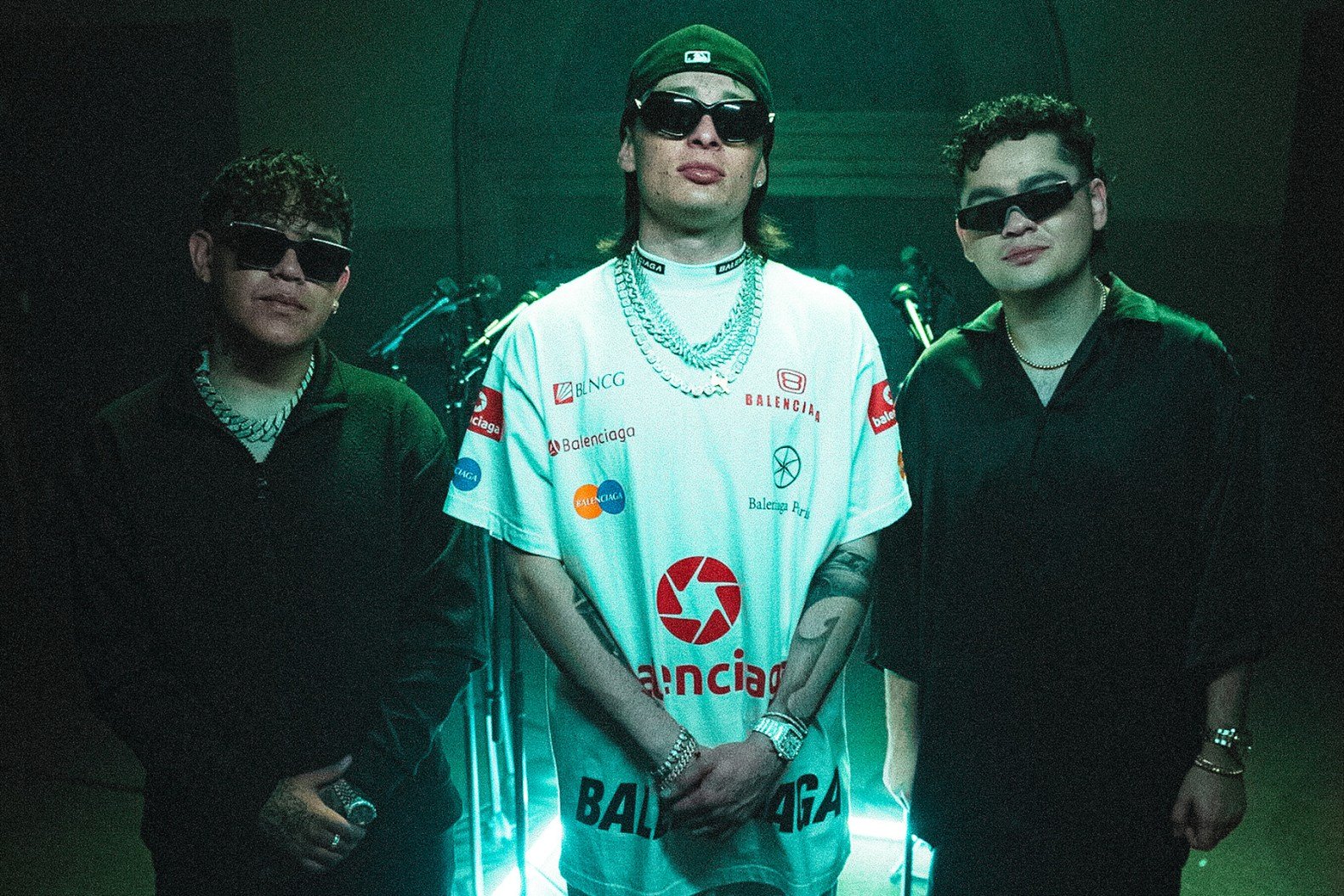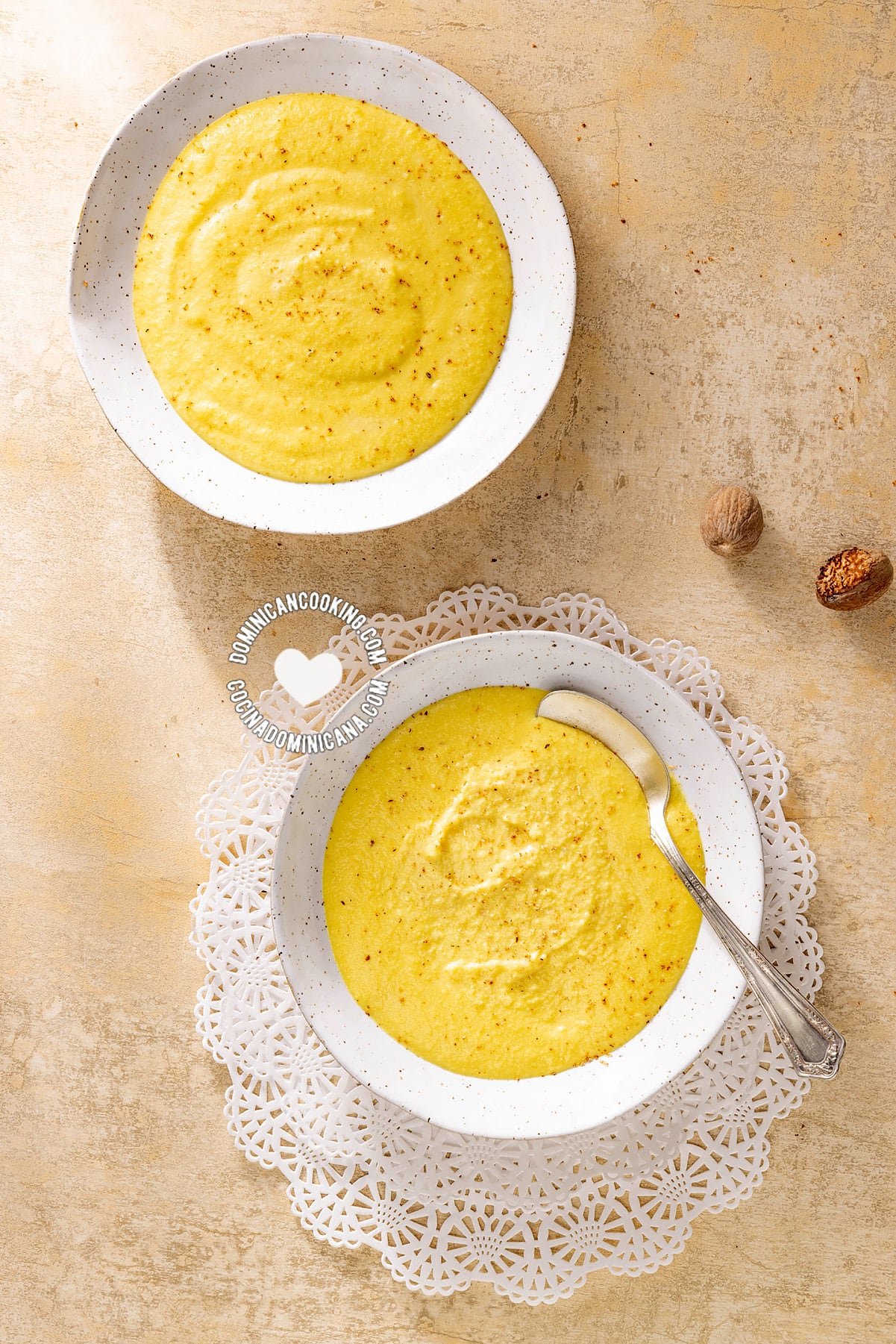
Have you ever wondered about the enigmatic concept of bipolar peso pluma? Well, the key lies in understanding the delicate balance of opposites it embodies. Harnessing the essence of lightness and heaviness, this intriguing term sparks curiosity and contemplation. The juxtaposition of these seemingly contradictory elements invites us to explore the depths of dualities within ourselves. Ready to delve into the captivating world of bipolar peso pluma? Let’s embark on this journey together to uncover its profound significance.
Bipolar Peso Pluma: Understanding the Dynamic Nature of Featherweight Boxers
Featherweight boxing, a weight class in combat sports with a maximum limit of 126 pounds, holds a unique place in the world of boxing. Within this category, the term “bipolar peso pluma” has emerged, capturing the essence of the two contrasting sides of featherweight fighters – the lightness and agility juxtaposed with the power and impact they can deliver in the ring.
The Essence of Bipolar Peso Pluma
Featherweight boxers are often referred to as “bipolar peso pluma” due to the dual nature of their fighting style. Let’s delve deeper into what defines this term and why it is aptly used to describe these athletes:
- Lightning-fast Speed: Featherweights are known for their incredible speed and agility inside the ring. They move swiftly, bobbing and weaving with finesse that can leave their opponents struggling to keep up.
- Featherweight Power: Despite their relatively small size compared to other weight classes, featherweight boxers possess surprising power in their punches. The impact they can generate is often unexpected, catching their opponents off guard.
- Adaptability: As “bipolar peso pluma,” these fighters showcase adaptability by seamlessly transitioning between quick, evasive movements and explosive, power-packed strikes. This ability to switch between styles keeps their opponents guessing and provides a strategic advantage in the ring.
The Evolution of Featherweight Boxing
Featherweight boxing has a rich history that has seen the sport evolve over the years. From the early days of bare-knuckle fighting to the modern era of sanctioned matches, the featherweight division has witnessed significant changes:
Historical Significance
Featherweight boxing dates back to the 19th century when fighters would engage in brutal matches with minimal protective gear. Over time, rules and regulations were established to ensure the safety of athletes, leading to the structured sport we see today.
Technological Advances
Advancements in sports science and training techniques have played a significant role in shaping the modern featherweight boxer. From specialized equipment to data-driven training programs, athletes now have access to tools that enhance their performance and optimize their training regimens.
Global Influence
Featherweight boxing has a global reach, with talented fighters hailing from various countries around the world. Each region brings its unique style and approach to the sport, contributing to the diverse tapestry of featherweight boxing.
The Training Regimen of Bipolar Peso Pluma
To excel as a featherweight boxer and embody the essence of “bipolar peso pluma,” athletes must adhere to rigorous training routines that hone their skills and enhance their physical capabilities:
- Cardiovascular Conditioning: Featherweight boxers prioritize cardio workouts to build endurance and stamina, essential for sustaining intense rounds in the ring.
- Speed and Agility Drills: Training sessions focus on improving footwork, hand speed, and reaction time to enhance the fighter’s agility and ability to swiftly maneuver during a match.
- Strength Training: Despite their smaller size, featherweight boxers engage in strength training to develop power in their punches and overall physical resilience.
- Sparring and Technique Work: Regular sparring sessions and technique drills allow featherweight boxers to sharpen their boxing skills, test their strategies, and adapt to different fighting styles.
- Recovery and Rest: Adequate rest and recovery are crucial components of a featherweight boxer’s training regimen to prevent injuries and ensure optimal performance during bouts.
The Mental Fortitude of Featherweight Boxers
In addition to physical training, the mental aspect of being a featherweight boxer is equally crucial. The resilience, focus, and determination required to succeed in this demanding sport set “bipolar peso pluma” apart:
- Mental Toughness: Featherweight boxers must possess mental toughness to withstand the physical demands of training and the mental pressure of competing at a high level.
- Strategic Mindset: Developing a strategic mindset is essential for featherweight boxers to anticipate their opponent’s moves, make split-second decisions, and adjust their tactics during a match.
- Emotional Control: Controlling emotions such as fear, nerves, and frustration is key for featherweight boxers to stay focused, maintain composure, and execute their game plan effectively.
The Legacy of Bipolar Peso Pluma in Boxing
Featherweight boxing continues to captivate audiences worldwide, with “bipolar peso pluma” fighters leaving a lasting legacy in the sport. Their unique blend of speed, power, and adaptability has shaped the featherweight division and inspired future generations of boxers to embrace the dynamic nature of this weight class.
As we celebrate the essence of “bipolar peso pluma,” we honor the resilience, skill, and determination of featherweight boxers who embody the spirit of this captivating sport.
BIPOLAR (Video Oficial) – Peso Pluma, Jasiel Nuñez, Junior H
Frequently Asked Questions
What are the symptoms of bipolar peso pluma?
Bipolar peso pluma is characterized by extreme mood swings, ranging from depressive episodes to manic or hypomanic episodes. Individuals may experience periods of intense sadness, low energy, hopelessness, as well as periods of high energy, impulsivity, and elevated mood.
How is bipolar peso pluma diagnosed?
Diagnosis of bipolar peso pluma involves a comprehensive evaluation by a mental health professional, which may include a thorough assessment of symptoms, medical history, and family history. The diagnostic criteria outlined in the DSM-5 are typically used to determine if an individual meets the criteria for bipolar peso pluma.
What are the treatment options for bipolar peso pluma?
Treatment for bipolar peso pluma often involves a combination of medication, such as mood stabilizers or antipsychotics, and psychotherapy. Lifestyle modifications, stress management techniques, and support from loved ones can also play a crucial role in managing the condition.
Can bipolar peso pluma be managed effectively?
With proper diagnosis and treatment, many individuals with bipolar peso pluma can effectively manage their symptoms and lead fulfilling lives. It is essential for individuals to work closely with healthcare providers to develop a comprehensive treatment plan tailored to their specific needs.
What are the potential complications of untreated bipolar peso pluma?
Untreated bipolar peso pluma can lead to significant disruptions in various areas of life, including relationships, work, and overall well-being. Individuals may be at increased risk for substance abuse, impulsive behavior, and suicidal thoughts or actions if the condition is left untreated.
Is it possible to live a normal life with bipolar peso pluma?
Yes, many individuals with bipolar peso pluma are able to effectively manage their condition and lead fulfilling lives with the right support, treatment, and self-care strategies in place. It is important for individuals to prioritize their mental health and seek help when needed to maintain overall well-being.
Final Thoughts
In conclusion, the unique Filipino martial art of ‘bipolar peso pluma’ offers a dynamic blend of speed and precision. The practitioners of this art demonstrate exceptional agility and finesse in their movements. With its emphasis on quick footwork and strategic strikes, ‘bipolar peso pluma’ is a compelling martial art form that requires dedication and skill to master. Ultimately, embracing the art of ‘bipolar peso pluma’ can lead to improved physical fitness and mental focus.





